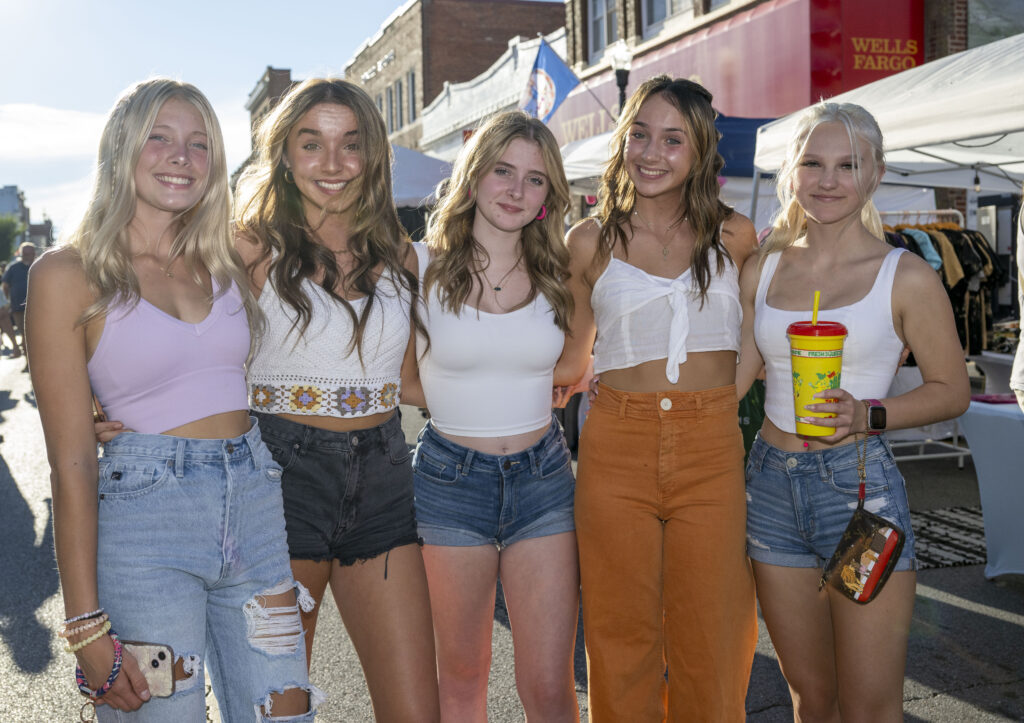By Erika Barker, Curatorial Manager
“Instrument Interview” blog posts are a chance to sit down with an instrument and learn more about it! From the different types of instruments played in traditional, country, bluegrass and roots music to specific instruments belonging to artists, luthiers, and songwriters, these blogs feature several questions that are posed and the instruments giver their answer. Today we talk with the frying pan guitar.
Why are you called a frying pan guitar? That is my most popular nickname. I get called “Frypan” or “Frying-pan” guitar because of the way I look – similar in shape to a frying pan!
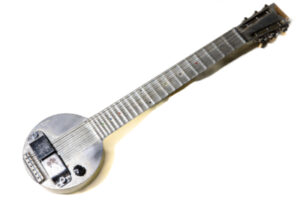
Some of my other nicknames include; the “Aluminum Lollipop”, the “Beauchamp Elektro guitar”, “panhandle” guitar, “pancake” guitar, and the “electro-Hawaiian model”. My original name was Ro-Pat-In Electro Hawaiian Guitar. I am named after the company founded by my inventors. They soon changed my name, and the name of the company, to Rickenbacker though so many people know me by my official name: Rickenbacker Electro A-22.
You may have noticed that my nameplate spells my name Rickenbacher instead of with a “k”. This is because one of my inventors, Adolph Rickenbacker, changed the spelling of his Swedish last name to honor his distant relative and American WWI hero, Eddie Rickenbacker. Even though the official name of the company used the new spelling of his name, the headstock nameplates on me and my siblings kept the original spelling into the 1950s.
Are you really a guitar? I am the first commercially successful electric guitar and also the first solid body guitar. I know I don’t look much like a modern electric guitar, I am what is called a lap steel guitar. I am made to be played while lying flat on your lap or on a stand in front of you. Some people refer to this as a “Hawaiian-style guitar” because my acoustic ancestors were invented in Hawaii.
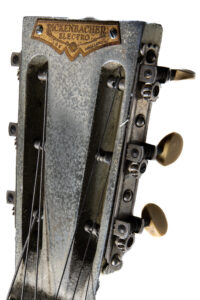 Near the end of the 19th century, a Hawaiian teenager named Joseph Kekuku developed a new technique, and the lap steel guitar was born! There are many legends about how this came about. One popular version is that he picked up a railroad spike while walking along a railroad track and later noticed the unique sound it made when he ran it along the guitar strings while strumming them in his dorm room. However he did it, by the 1930s, Hawaiian-style guitar had become very popular in the continental United States. One of my inventors, George Beauchamp, particularly enjoyed the Hawaiian-style lap steel guitar. He was an avid musician whenever he wasn’t tinkering with electronics. So when he began inventing, it is no surprise that he made an electric lap steel guitar, like me!
Near the end of the 19th century, a Hawaiian teenager named Joseph Kekuku developed a new technique, and the lap steel guitar was born! There are many legends about how this came about. One popular version is that he picked up a railroad spike while walking along a railroad track and later noticed the unique sound it made when he ran it along the guitar strings while strumming them in his dorm room. However he did it, by the 1930s, Hawaiian-style guitar had become very popular in the continental United States. One of my inventors, George Beauchamp, particularly enjoyed the Hawaiian-style lap steel guitar. He was an avid musician whenever he wasn’t tinkering with electronics. So when he began inventing, it is no surprise that he made an electric lap steel guitar, like me!
Are you the first electric instrument? No, people have experimented with making electric instruments as far back as 1761. A few interesting electric instruments, such as the telharmonium, an early electrical organ, were developed in the late 1800s and early 1900s. But these earlier instruments were often impractical and never became widely popular the way I did.
The period between World War I and World War II was an exciting time for innovators working with electricity; many new electronic instruments were invented in those days. Some other folks attempted to create electric guitars in the 1920s, but they were not successful. My unique design, which captures vibrations directly from the strings, is still in use today and is what made me one of the earliest electronic instruments to be commercially successful.
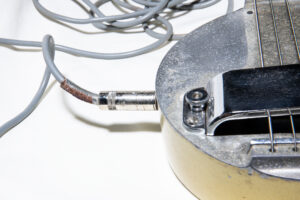
Are you really made out of a frying pan? No, my nickname was given to me because of my shape. I am made out of cast aluminum. I have steel strings and a horseshoe electro-magnetic pickup inside me. The pickup is what makes me an electric instrument. A pickup captures the vibrations of my strings and converts them into electronic signals.
How were you invented? By nature, the guitar is pretty quiet, and louder instruments in acoustic ensemble settings often drown out our beautiful sounds. In the early 20th century, there was a lot of interest in finding a way to amplify our sound using a variety of methods, including resonators and electric amplification.
In 1931, George Beauchamp and Adolph Rickenbaucher founded the Ro-Pat-In Corporation with the intent of manufacturing a completely electric instrument. Both men had already been involved in the development of early resonator guitars. Beauchamp developed a new “horseshoe pickup” that utilized magnetic coils and was designed to completely shun all acoustic amplification properties. It worked, and pickups today are still based on his design! Adolph Rickenbacher used his expertise to manufacture the guitars and improved the overall design to reduce feedback.
How are you played? I am played while lying flat on the lap of a seated player or sitting flat on a stand in front of them. The player uses a metal slide, called a steel or tone bar, to move along the strings on my neck with one hand, changing the pitch while also plucking or picking my strings with the other hand.
What do you sound like?
You can listen to some of my relatives in these videos:
Honolulu How Do You Do – Rickenbacker Frying Pan and Ukulele
Erika Barker is the Curatorial Manager at the Birthplace of Country Music Museum.


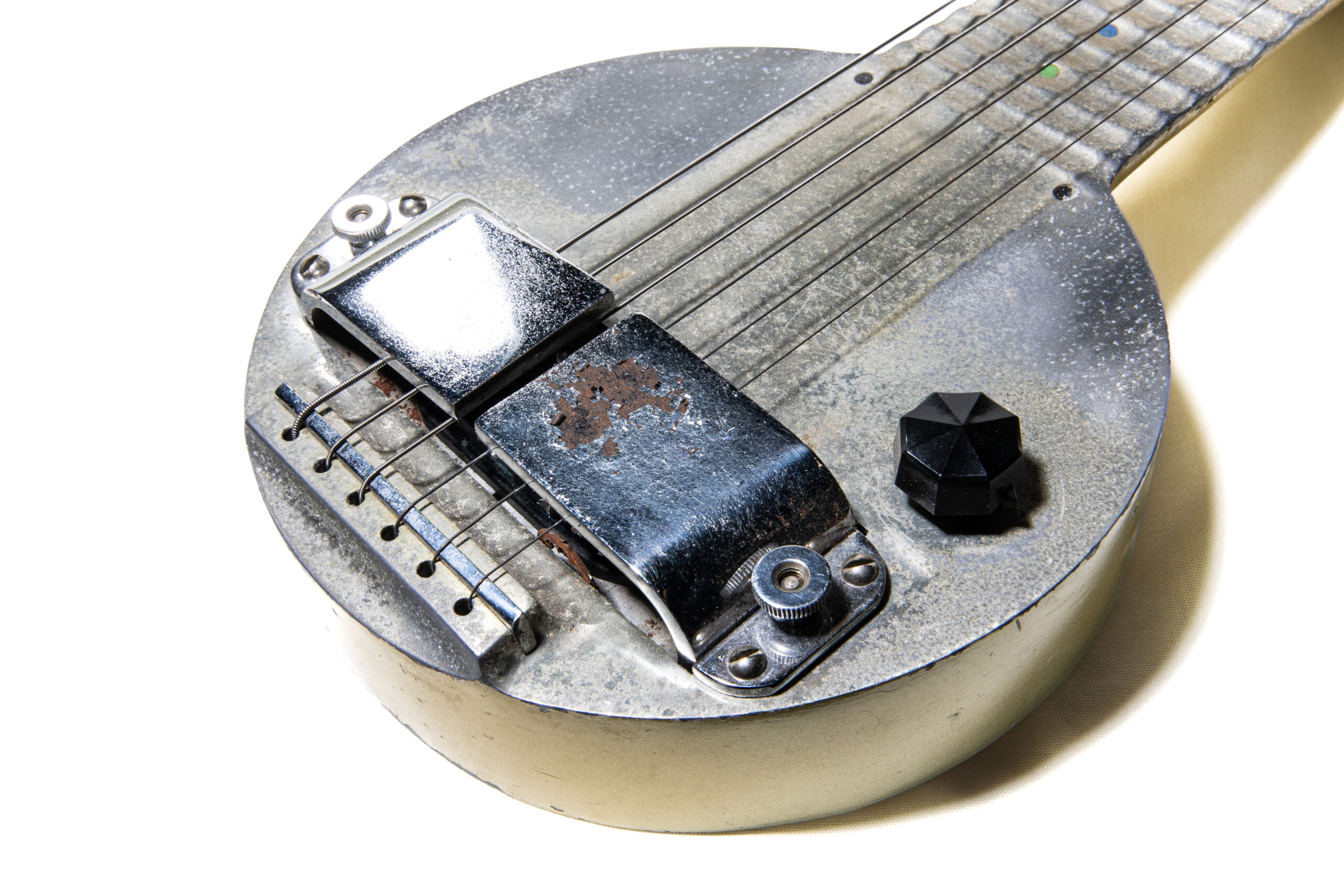
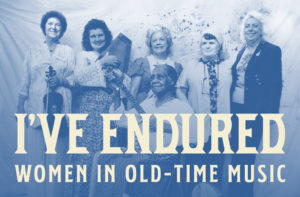
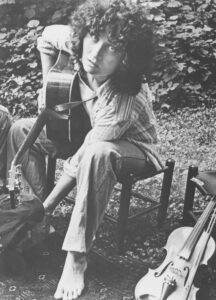
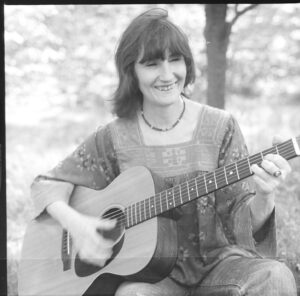
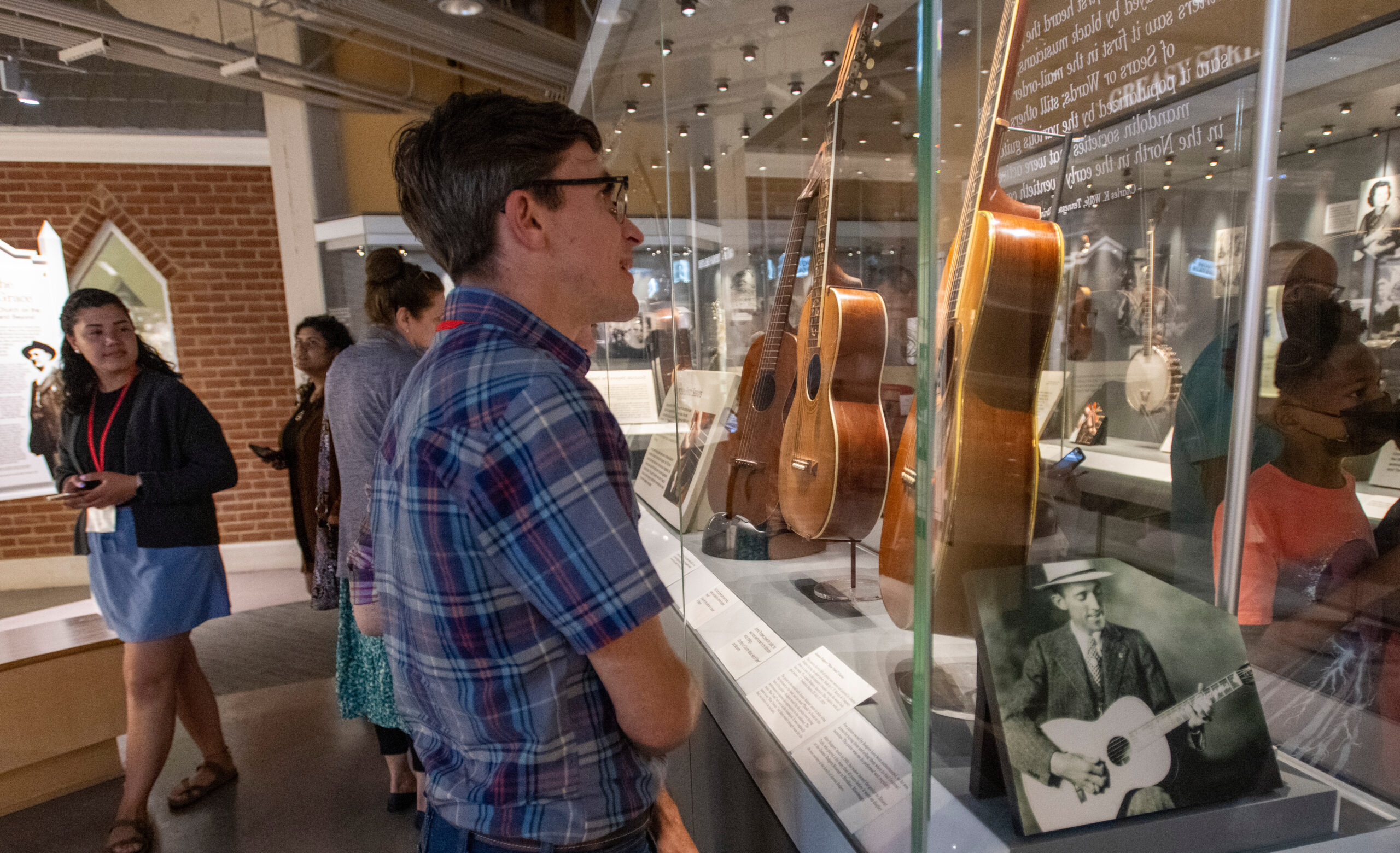
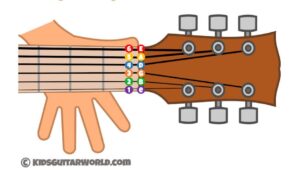
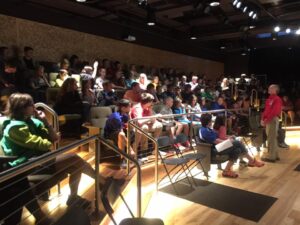
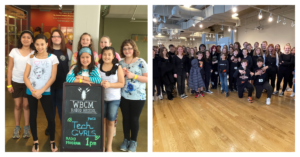
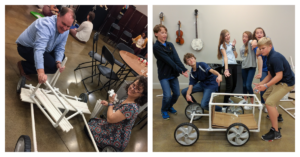
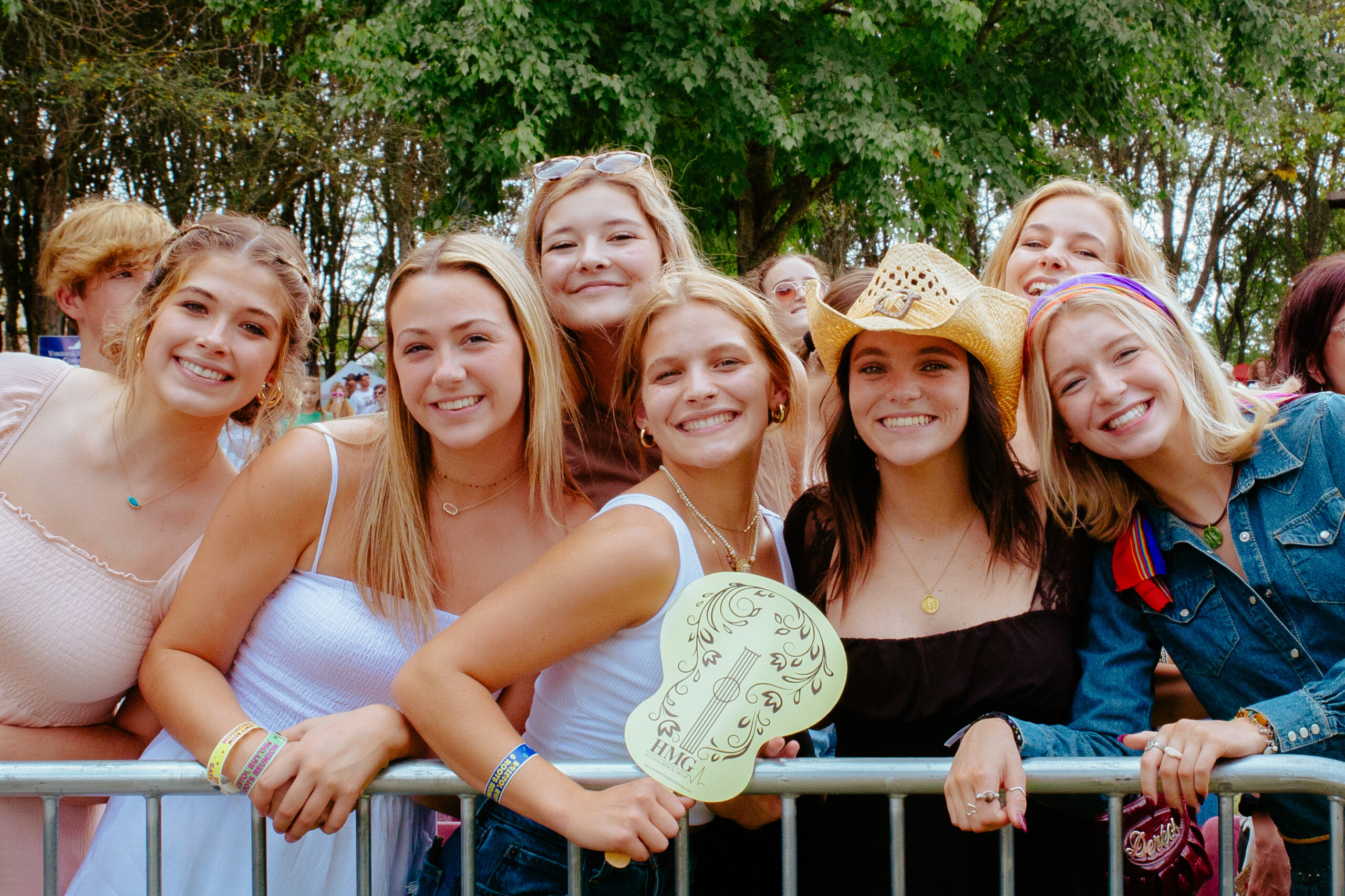
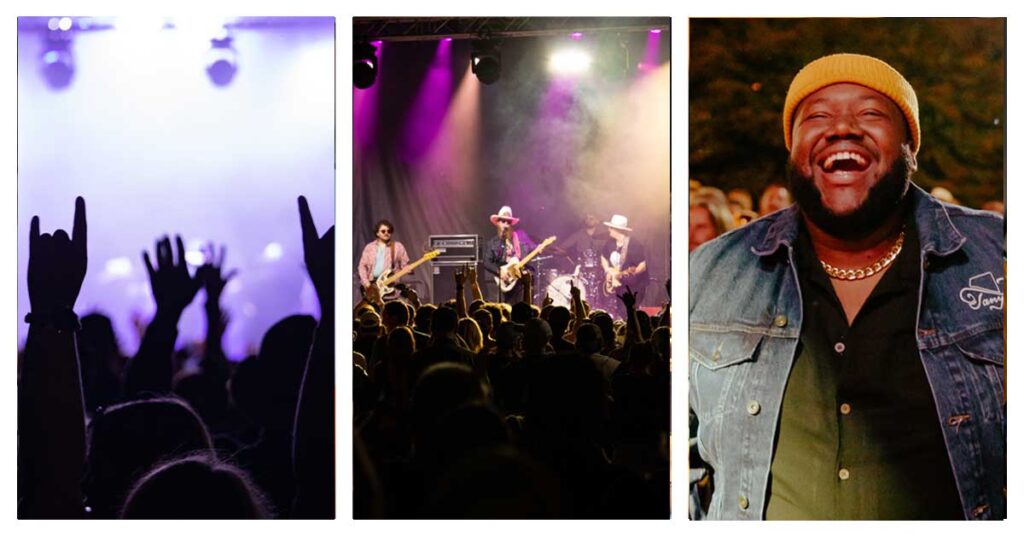 The Live performances are the main attraction at Bristol Rhythm and Roots Reunion, there is something for everyone. This year’s artist lineup consists of some big names such as
The Live performances are the main attraction at Bristol Rhythm and Roots Reunion, there is something for everyone. This year’s artist lineup consists of some big names such as 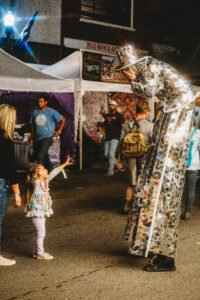 Some of my favorite things about the festival are not necessarily going to all the live performances with my friends but everything else Bristol Rhythm has to offer also. Bristol Rhythm has so much more to offer than the live performances. Some of my favorite things to do at the festival other than the live performances consists of walking the streets and seeing downtown Bristol decorated for the festival, hanging out with friends at Cumberland Square Park, stopping by all the food trucks and trying new food, making new friends, and shopping on the streets of downtown just to name a few things. Although I am not of age anymore to participate in Children’s Day I still have very fond memories of the event. Children’s Day is held on Sunday in Anderson Park from 10 a.m. to 1 p.m.. There you can expect to see food trucks, arts and crafts, and live entertainment. For more information on Children’s Day you can click
Some of my favorite things about the festival are not necessarily going to all the live performances with my friends but everything else Bristol Rhythm has to offer also. Bristol Rhythm has so much more to offer than the live performances. Some of my favorite things to do at the festival other than the live performances consists of walking the streets and seeing downtown Bristol decorated for the festival, hanging out with friends at Cumberland Square Park, stopping by all the food trucks and trying new food, making new friends, and shopping on the streets of downtown just to name a few things. Although I am not of age anymore to participate in Children’s Day I still have very fond memories of the event. Children’s Day is held on Sunday in Anderson Park from 10 a.m. to 1 p.m.. There you can expect to see food trucks, arts and crafts, and live entertainment. For more information on Children’s Day you can click 